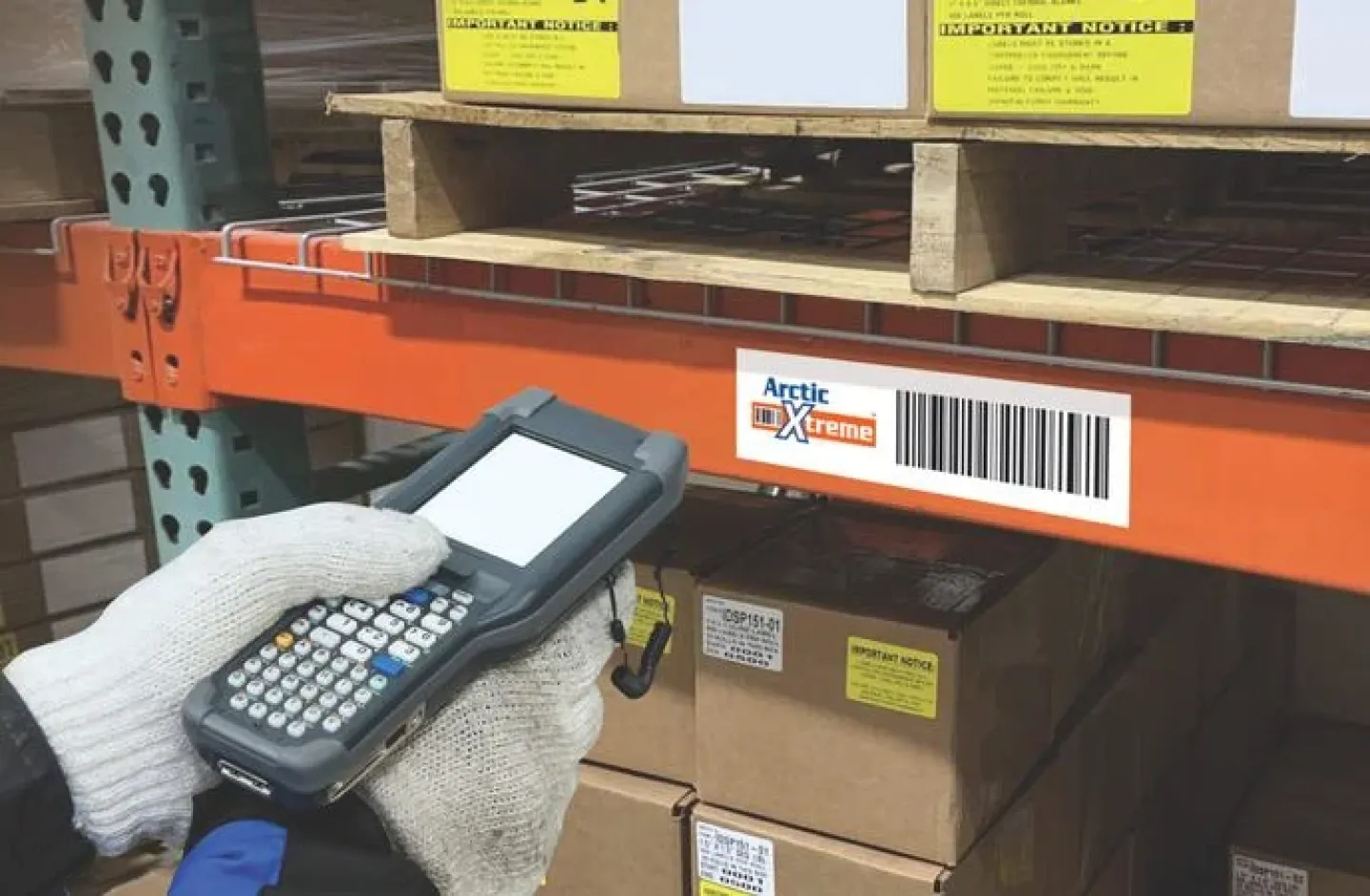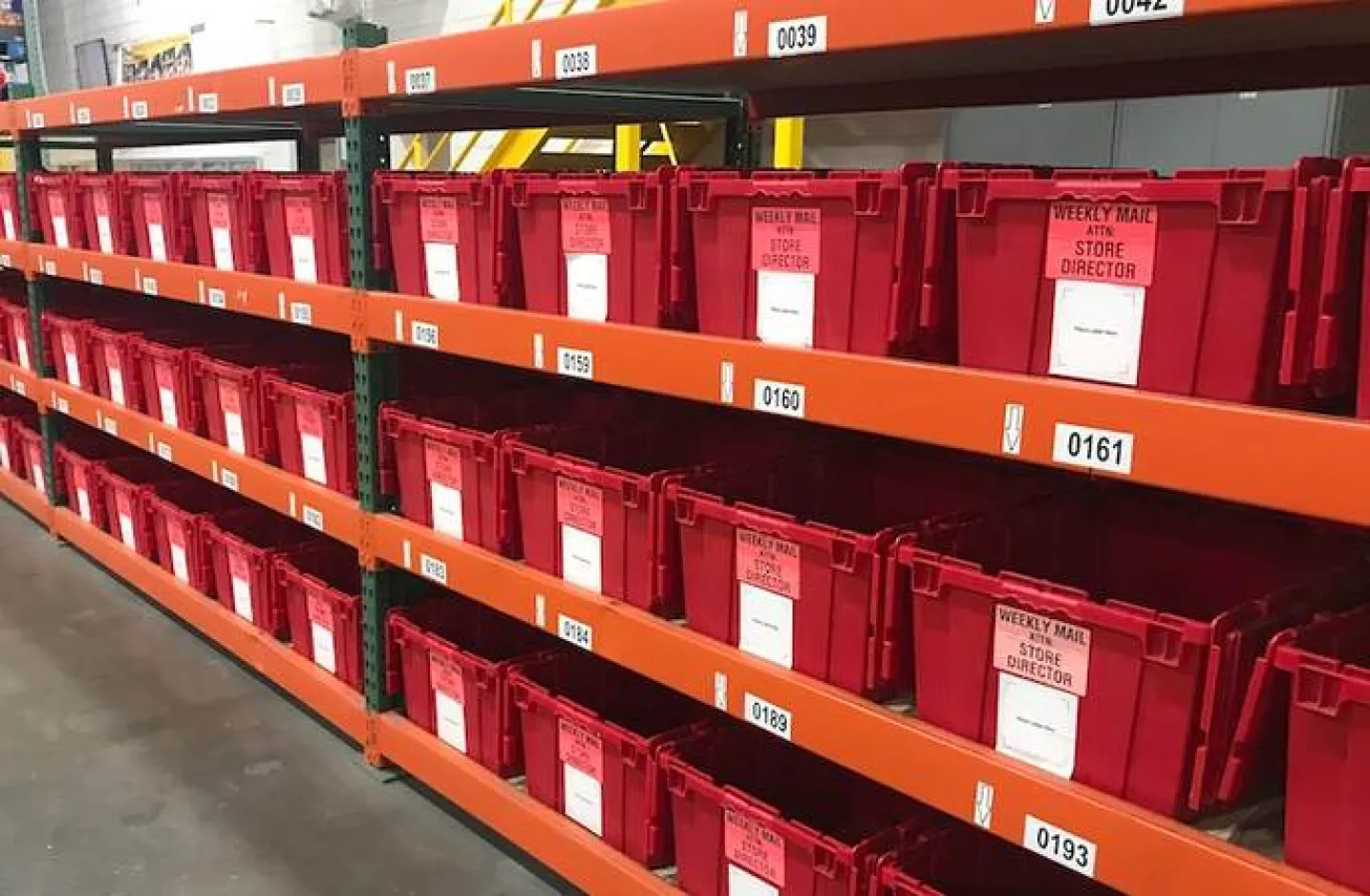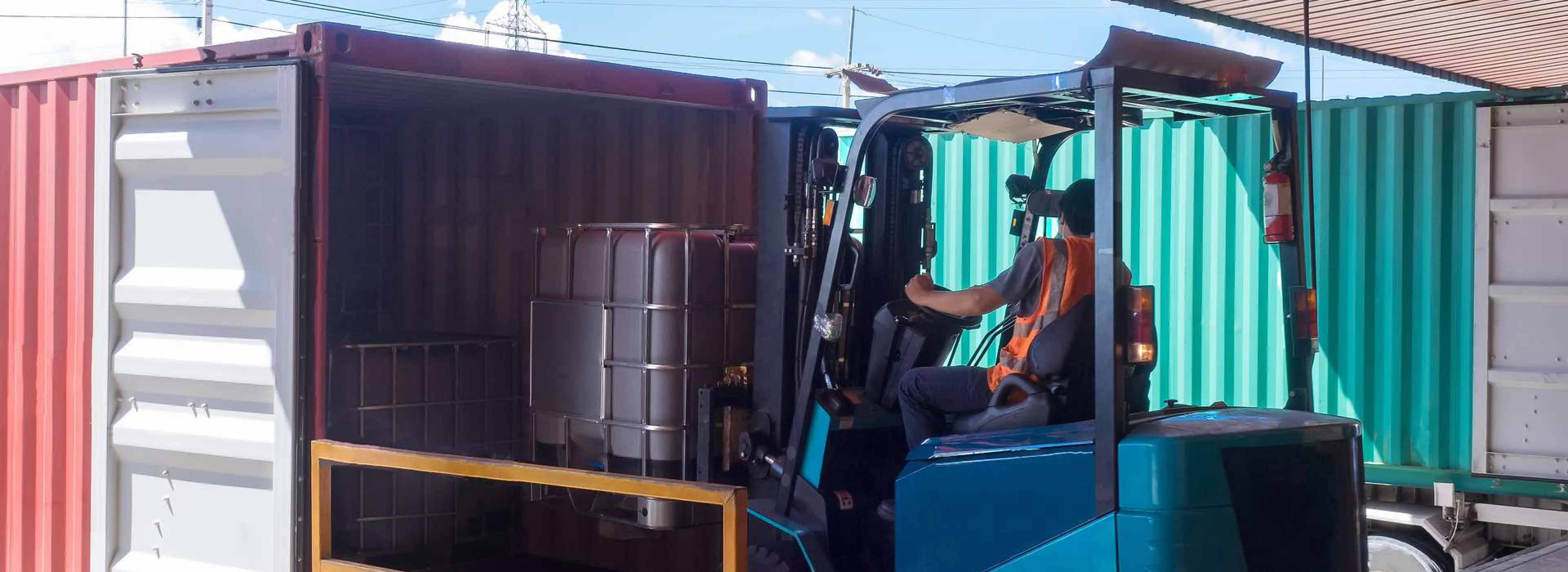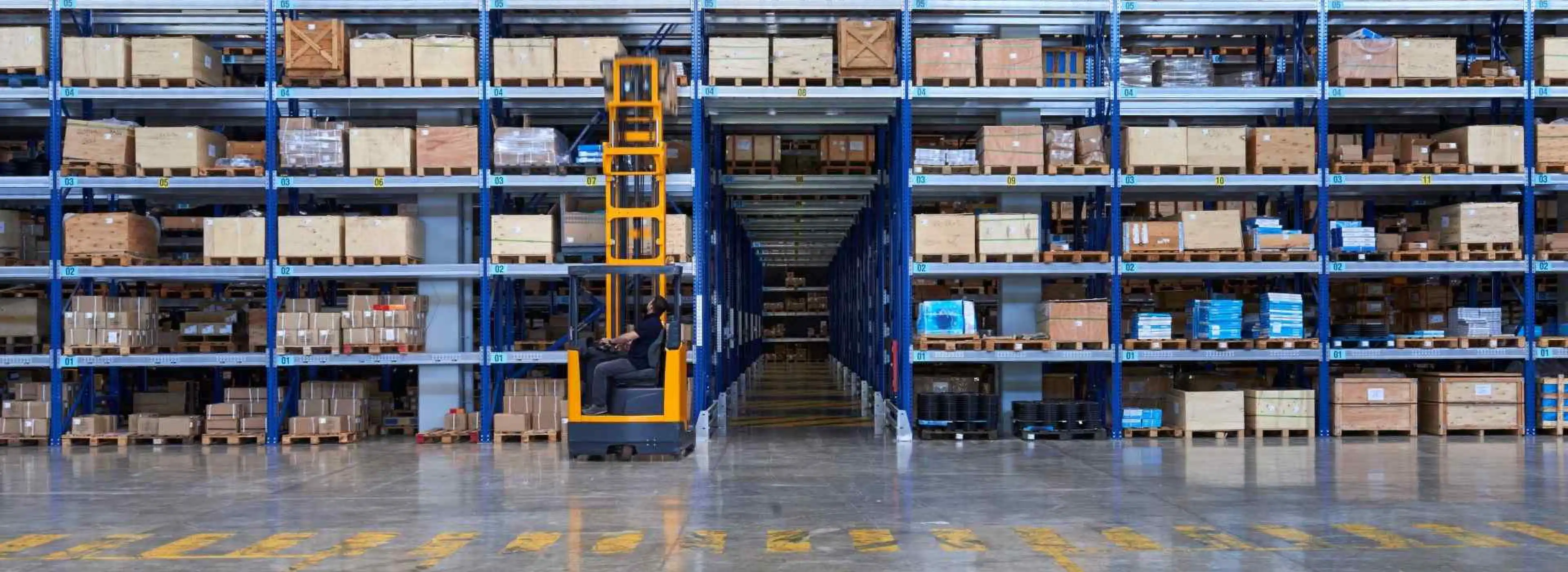Warehouse labels can help you streamline operations and increase overall productivity if they are used effectively. Storage facilities tend to be large, and stock items can be challenging to find if there are no labels to guide employees to their whereabouts. Without these labels, it would be nearly impossible to find any item in a storage facility efficiently.
Click Here: Increase Your Warehouse Efficiency With This Advanced and Affordable WMS
This article will discuss what kinds of warehouse labels are in use and how to use them effectively to save you time and effort locating items.
What are Warehouse Labels?
Warehouse labels are signs around the facility to help employees find needed stock items. These labels provide information such as SKU, barcodes, and sometimes QR codes.

Source: ID Label Inc.
Warehouse labels have changed over the years and have kept up with the latest technology. These days, labels contain barcodes that carry detailed information about the stock items under them. This allows warehouse employees to have the information they need about the items placed under a particular sign. Additionally, it makes it easier for them to locate specific items.
Different Kinds of Warehouse Labels
There are different kinds of warehouse labels, and the most commonly used are listed below.
1. Floor Labels
Based on its name, floor labels are often placed on the warehouse floor for convenience. Some warehouses have high stacks, and scanning the barcodes would be inconvenient if managers put the labels on the shelves.
2. Rack Labels
These are the most common warehouse labels, often stickers posted on the sides of racks. They help employees identify the section where they are looking for a particular item and the stock itself.
3. Retro-Reflective Labels
Retro-reflective warehouse labels are convenient because employees can scan the barcode from a distance. You can attach these labels to the side of the shelves, and you can scan the barcode from a few feet away, making it possible to place these labels at any height.
4. Magnetic Labels
Warehouse labels could be reused if you use magnets to attach them to shelves and racks. Warehouse magnets are often the preferred medium by some warehouse managers because you can stick them to any rack without using any adhesives, which means no residue on the shelves.
5. Warehouse Bin and Tote Labels
Warehouse labels also come in smaller sizes for bins or containers with individual parts. Warehouse bins and tote labels have all the necessary information to identify their contents so a warehouse employee can quickly locate items.

Source: Food Logistics
6. Cold Storage Labels
The environment of your facility will also dictate what kind of warehouse label will be used. If you’re storing highly perishable stock items, such as meats, pastries, and other food items, you need labels that can withstand the chilly climate. Cold storage labels are explicitly designed to withstand low-temperature facilities. The adhesive used in these materials remains effective even in zero-degree temperatures, and the label’s coating is resistant to cracking caused by freezing temperatures.
Using Warehouse Labels the Right Way
Here are some tips on using warehouse labels correctly to reduce overhead costs and increase productivity.
1. Make the System Sequential
Warehouse labels should be used sequentially so that employees can locate any item in the facility quickly. Numbering the aisles, racks, shelves, and bins is much more effective than using any other indicator, such as colors or symbols. Also, using a numerical system allows you to add more aisles, racks, or shelves to your facility because of the unlimited numbers you can use.
2. Make Labels Easy to Find and Read
Warehouse labels must also be easy to find and read, which warehouse employees often fail to consider when posting their signs. When putting on your labels, consider that your employees are continuously running and must locate an item as quickly as possible. Therefore, it would be difficult to scan if your labels are too high on the racks to be read or have letters and numbers that are too small.
3. Make the Numbering System User-Friendly
The numbering system of your warehouse labels must be easy to follow and understand for all employees. This means that when using a numbering system, the progression should make sense; for example, if an employee is looking for aisle number 6, they should find it after passing aisle 5.
4. Ensure Consistency
Warehouse labels should be consistently placed on racks, aisles, shelves, bins, or containers in the same spot. Consistency in placing labels would help employees remember where to look for the details to locate specific items. Inconsistently placing labels would only confuse employees, leading to them wasting time looking for the labels.

Source: Modern Materials Handling
5. Make Sure Addresses are the Same on Labels and Pick Path Plans
The pick path plans and warehouse labels of the facility should not conflict to ensure effective picking processes. The best way to ensure that addresses on the labels support the same on the pick path plans is to use a program that generates the addresses on both labels and pick paths.
6. Make Your Labels Durable
The durability of warehouse labels must also be considered since it would be practical to have them last for quite some time. Of course, some labels are inexpensive, such as paper labels with adhesives, but keep in mind that warehouse employees will be handling these labels often, so they will be prone to wear and tear. If you invest in only paper labels, you’ll be replacing them more frequently than investing in metal labels, magnet labels, or other more durable materials.
Summary
Warehouse labels are an essential factor in managing a storage facility. They help employees navigate the facility and find the items they are looking for with ease and consistency. Labels ensure that a warehouse operates effectively and efficiently, and finding the right stock as quickly as possible is one of the leading contributors to a warehouse’s success.
If you are ready to find the solution to organize your warehouse or increase efficiency, go to our Solutions Finder tool.
If you want to learn about warehouse technology and optimizing warehouse processes, follow us on LinkedIn, YouTube, X, or Facebook. If you have other inquiries or suggestions, please contact us here. We’ll be happy to hear from you.












